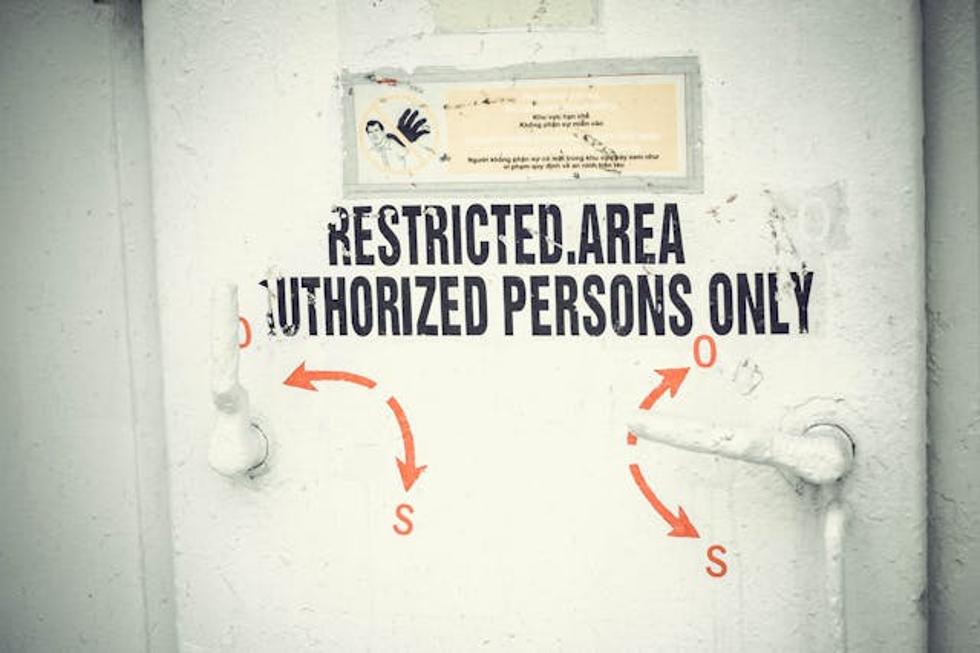A security breach can cause no shortage of major and minor problems for companies, non-profits, governmental offices, and anywhere else. Customers may feel less safe working with them in the future, investing their time and money.
Employees may also feel less secure when they’re on the job. The effects of a breach can be financial, psychological, and more. When it comes to security, it’s much better to be proactive and comprehensive before the problem arises. No matter how comprehensive you are after the fact, by then, it’s too late.
Here are a few tips about how to conduct a comprehensive security audit to improve company security.
1. Assess the Scope
What potential vulnerabilities does an organization have? Avon Security provides concrete solutions for tangible, physical breaches. We offer a range of proximity cards and other technologies to ensure that only authorized people can enter restricted spaces.
In this digital world, hacks and cybersecurity are another major potential vulnerability. Analyze where you stand in terms of physical and cyber weaknesses.
2. Prevent a Breach
Once you’ve identified a potential breach, plugging it is essential. Avon Security’s visitor management protocols ensure that guests in the building only reach the physical spaces they’re authorized to be.
Corporate espionage and blackmail are real threats. Keeping unauthorized people out of restricted spaces is the bedrock of workplace safety.
Our proximity cards and other similar technologies also help ensure that your employees can’t enter restricted areas, either. It’s very easy to quickly update the level of access their proximity card grants.
In other words, if an employee gets promoted, their card can be reprogrammed to open new doors they couldn’t open before. If they get terminated, their card can be reprogrammed to stop working altogether.
3. Monitoring Threats
Another important way to add protection to your workplace involves monitoring equipment, like CCTV cameras, for physical threats or layers of digital protection for cybersecurity risks. If a would-be intruder sees a camera, they may feel deterred from entering a restricted area.
If they do break in, the video recording can help identify the perpetrator and protect the company after the fact. There are a few common security mistakes companies and other organizations make — surveillance cameras can help prevent a break in, or help after the fact.
4. Test it Works
Once you’ve determined potential vulnerabilities and have a few plausible solutions, test to see that your system is secure. For physical breaches, make sure that your proximity cards open doors they’re supposed to and keep you out of ones they’re not meant to.
Cybersecurity involves running tests for the specific threats and vulnerabilities your organization faces. Or hopefully, faced.
Organizations have much to lose from a security breach. There is sensitive, proprietary data that must be kept confidential. Security prevents blackmail and extortion. Your employees need to feel comfortable and at ease in their places of work to put in the best performance. Consider the above tips for a comprehensive security audit and your workplace should be totally secure.

